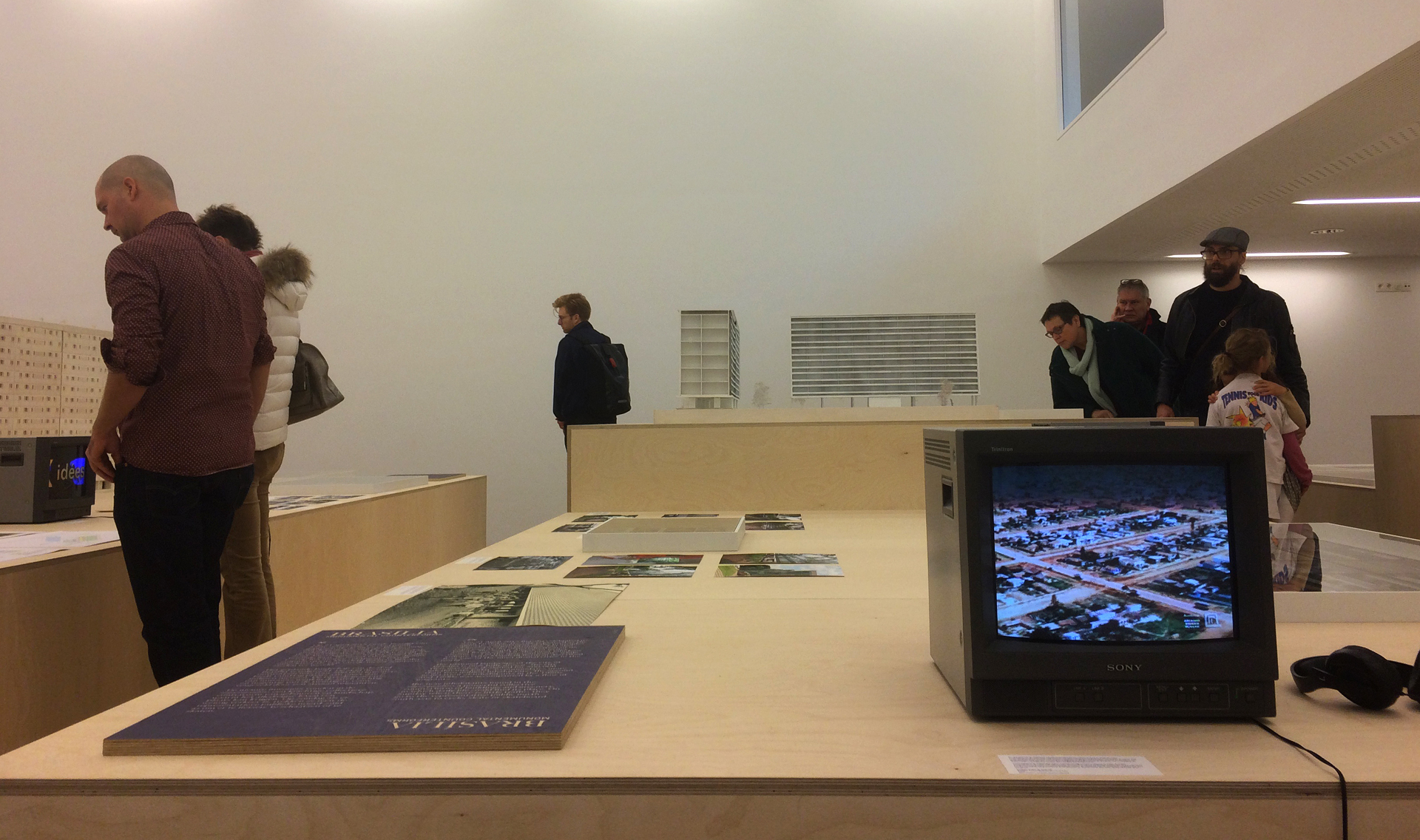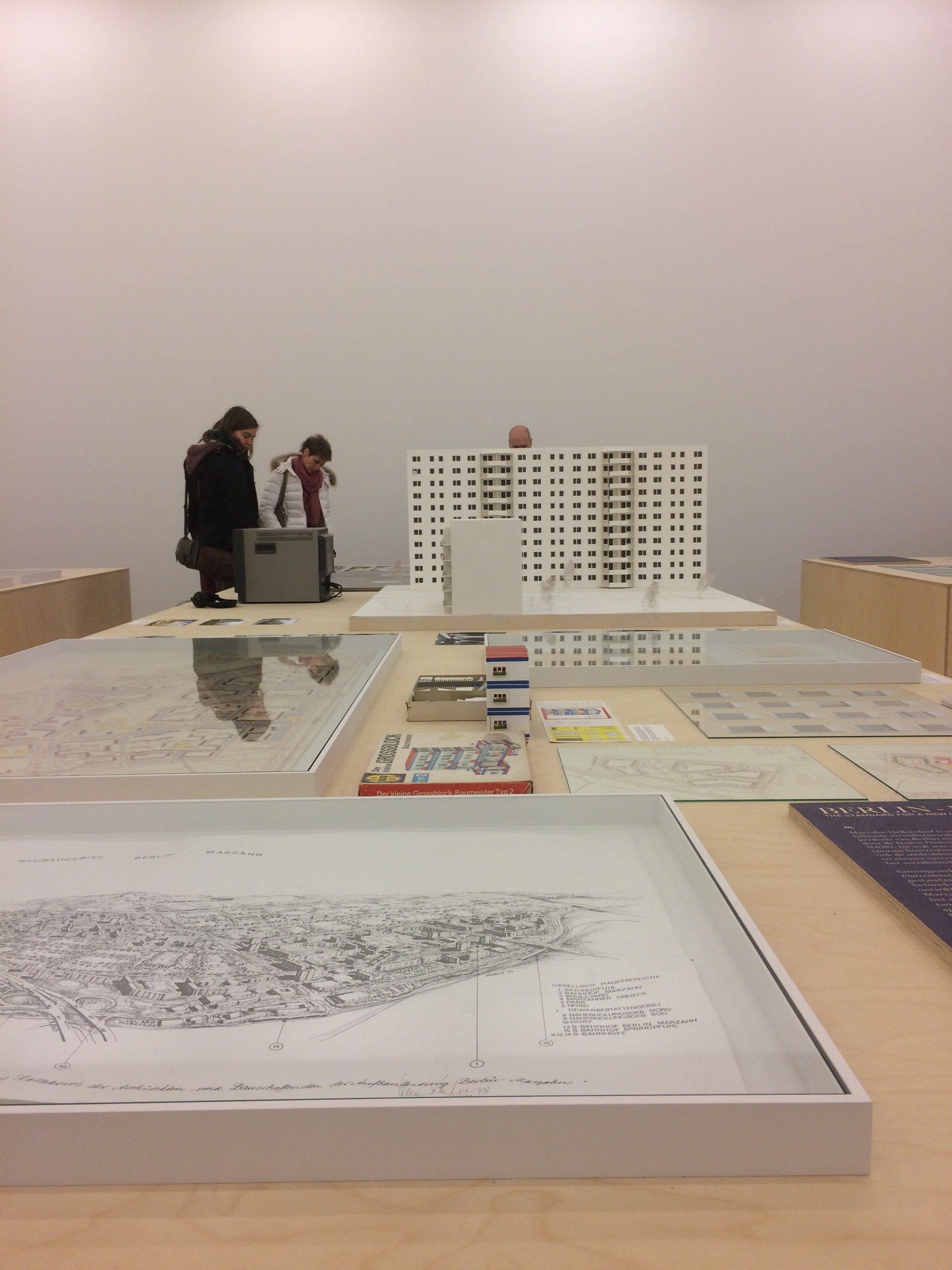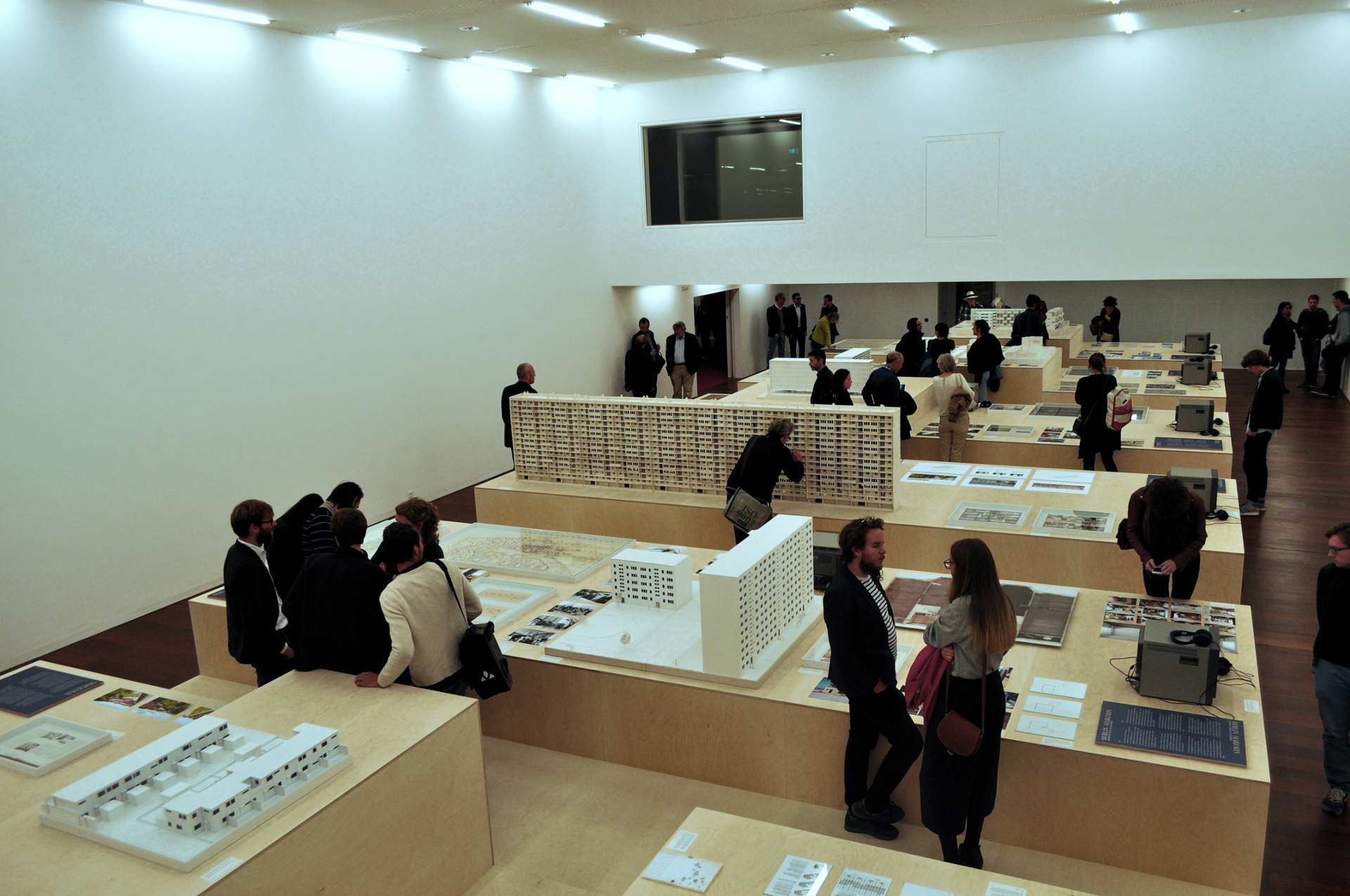Lived-In Exhibition
The Modern City as a Performative Structure
Lived In: The Modern City as a Performative Structure
How does design stand the test of time? Tom Avermaete subjected several iconic cities such as Brasilia, Casablanca and Chandigarh to thorough analysis together with his students. The result is an exhibition with a hopeful message: ‘Good architecture is capable of modernising its own fundamentals’.
In the late 1940s, early 1950s, several prominent architects and urban planners were given the opportunity to build completely new cities out of nothing, entirely in accordance with the principles of what is now chronicled as ‘postwar modernism’. These cities were intended to go down in history as shining symbols of modern housing, ideal models of the new collectivity, prototypes for modern life.
A reinterpretation of the ‘modern city’
After more than five decades of human presence, a completely new image of these cities has now arisen. In addition to their quality as inspiring symbols of modernity, they have also proven to have the ability to adapt again and again to changing needs and aspirations. Developers, contractors and inhabitants have each in turn repeatedly moulded the urbanised environment to suit themselves, while the cities have always retained their modern values and qualities.
The exhibition entitled 'Lived-In. The Modern City as a Performative Structure’ reinterprets the modern city. Modern buildings and the neighbourhoods they stand in are not put forward as perfect pictures, but as effective and adaptive infrastructures. They are able to absorb changing individual and collective use while at the same time maintaining modernist principles. The quality of architecture that enables it to transform and incorporate, modify and resist, is not an abstract notion or simply to the credit of a handful of creative inhabitants. It is the consequence of personal architectural choices in form, typology and material. But it is also the result of specific design choices in relation to the urban morphology or the character of the public space.
What is ‘modern architecture’?
The capacity to repeatedly deal with changing needs and aspirations questions the import of the term ‘modern architecture’. The curator, Tom Avermaete, provides a richly documented overview of several of the cities that most appeal to the imagination and how they have developed over the last fifty years. In addition to original drawings and models of such icons of modern urban planning as Chandigarh (Fondation Le Corbusier), Brasilia (House of Lucio Costa) and Casablanca (Aga Khan Foundation), the exhibition presents a series of charts that have emerged from a study carried out by TU Delft architecture students to take a close look at the evolution of these cities.
The many photos and films in the exhibition show that contemporary photographers and film-makers are also inspired by these gems of modernist urbanism.
By taking a new look at some of the world’s best-known and lesser-known examples of postwar modern architecture and urban planning, this exhibition offers a new view of the concept of ‘modern architecture’.
During this exhibition you can also visit the smaller exhibition ‘Huis Guiette’ at the entrance of the VAi, an intimate portrait of the only realization by Le Corbusier in Belgium.
Flanders Architecture Institute Link
https://www.vai.be/en/event/exhibition-lived-in-the-modern-city-as-a-performative-structure





